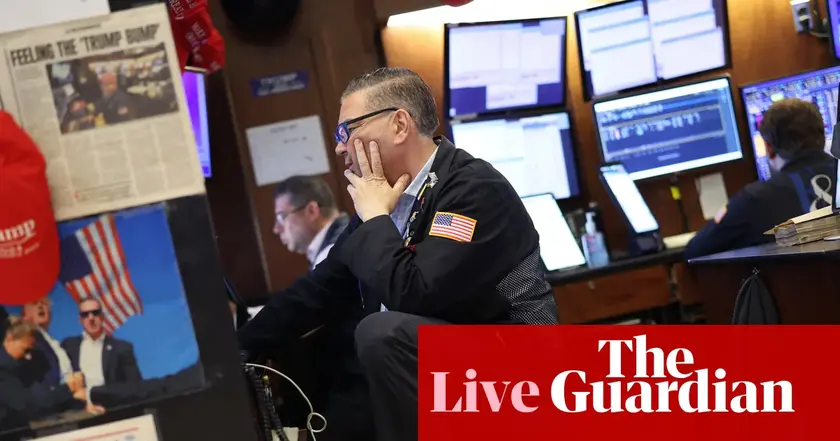T4K3.news
Tariffs push prices higher as protections fade
Stopgap protections fade as tariffs push costs through the supply chain and consumer prices rise.
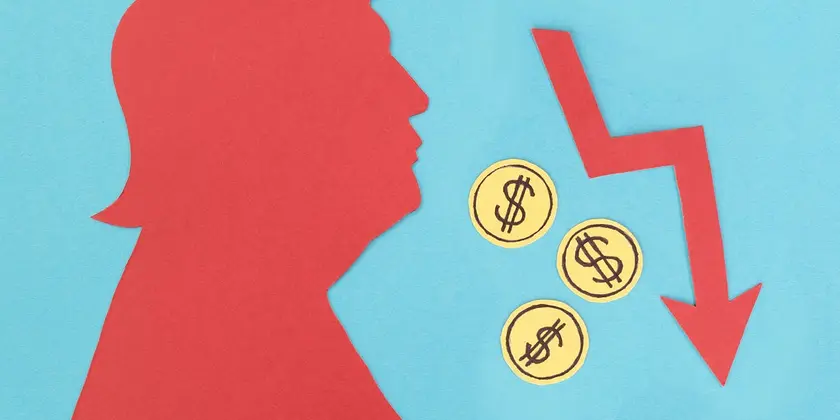
Stopgap protections fade as tariffs begin to push costs through the supply chain and reshape public sentiment.
Tariffs Tighten the Price Rope Across the Economy
The protections that have shielded consumers from tariff effects are winding down. The latest data show a 0.9 percent rise in the Producer Price Index for the month, the largest increase since the inflation days of 2022, and a 3.3 percent rise year over year. Core PPI rose 3.7 percent from a year ago. These figures suggest tariff costs are moving through every step of the supply chain, even as firms try to delay passing costs on to buyers. At the same time, hiring data that once looked resilient now points to slower job growth under the new tariff regime, and businesses are burning through pre tariff inventories.
Public sentiment is catching up with the economic signals. A Pew poll shows confidence in Trump’s economic decisions slipping from 54 percent to 44 percent. The stopgap measures that kept prices manageable are fading, and the end of these protections means households may face higher prices sooner rather than later. The piece connects tariff policy to broader political dynamics, including international diplomacy, underscoring how economic moves become entangled with a wider set of policy decisions.
Key Takeaways
"0.9 percent single-month jump in the Producer Price Index, the largest since the bad old inflation days of 2022"
Data point linking tariffs to input price pressures
"We didn’t lose any soldiers, we didn’t lose anybody. But if this was a war—if I didn’t get in there, this could have been World War Three"
Trump on the economic fight and potential consequences
"Maybe there’ll be land swapping, maybe not"
Diplomatic mood around the Russia talks and strategy
Tariffs set political expectations higher than the economics can bear. Markets initially tolerated a gradual pass through to prices, which bought time for firms to adjust. Now the data hint that the pass through is accelerating, turning a political gamble into a real economic headwind. The risk is not a sudden crash but a slower growth path marked by higher costs for businesses and households alike. The political cost is equally real: when voters see prices rise and confidence waver, the promise of tariff gains looks shaky at best.
The article also illustrates how tariff policy operates in a crowded political theatre. Data show that public support can erode quickly when the real world nudges prices upward, while supporters must contend with a growing perception that political aims are outpacing practical results. In that context, credibility becomes the most valuable currency for policymakers, and it is running thin.
Highlights
- Tariffs start fast costs linger longer
- Prices rise and voters notice
- We did not lose any soldiers but this could have been World War Three
- Tariffs turning into a drag on growth
Tariff policy carries budget and political risk
Tariff driven price increases complicate budgeting for households and governments and are creating political backlash that could influence election outcomes and policy decisions.
Policy clarity is overdue as costs and expectations shift in real time.
Enjoyed this? Let your friends know!
Related News
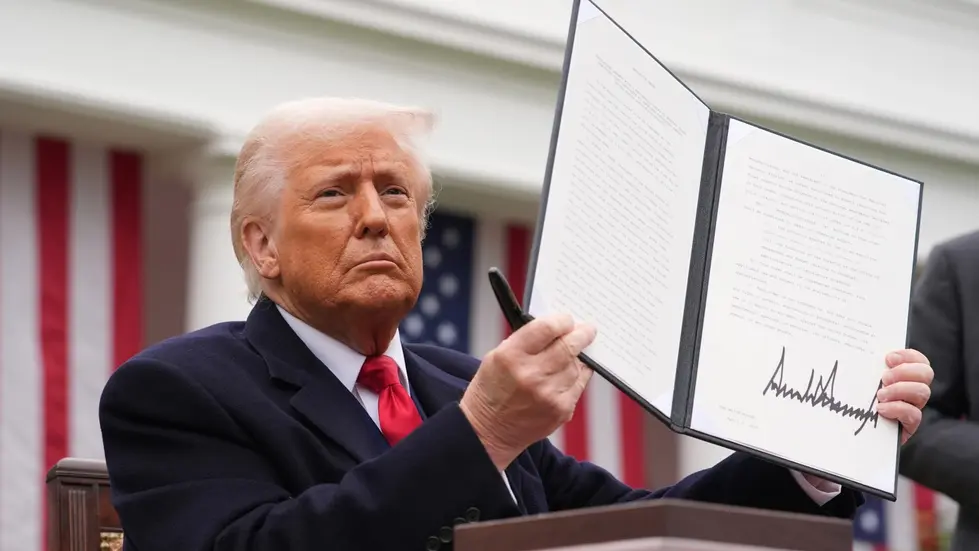
Tariffs and prices
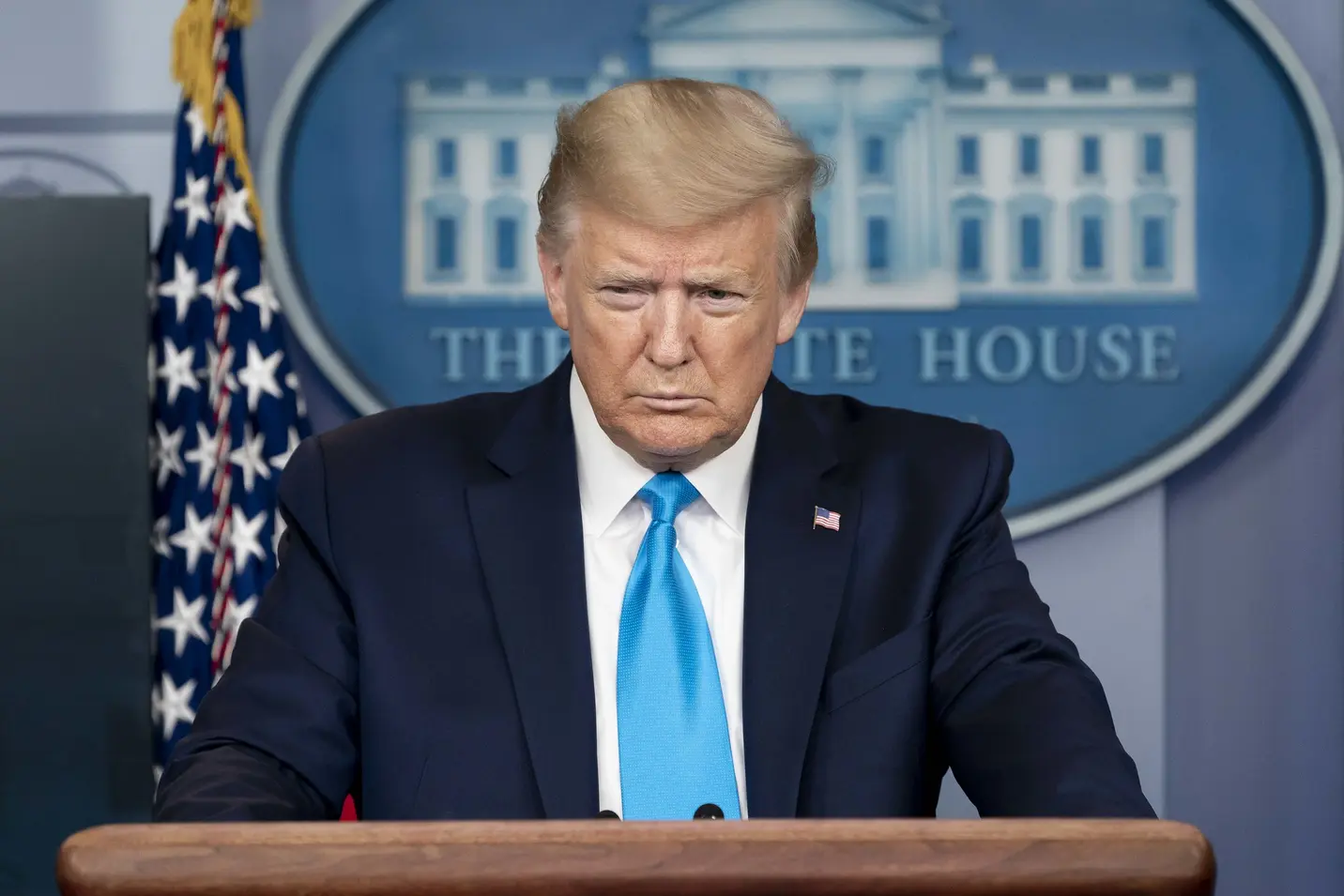
Tariffs Elevate Stagflation Risk for Fed Policy
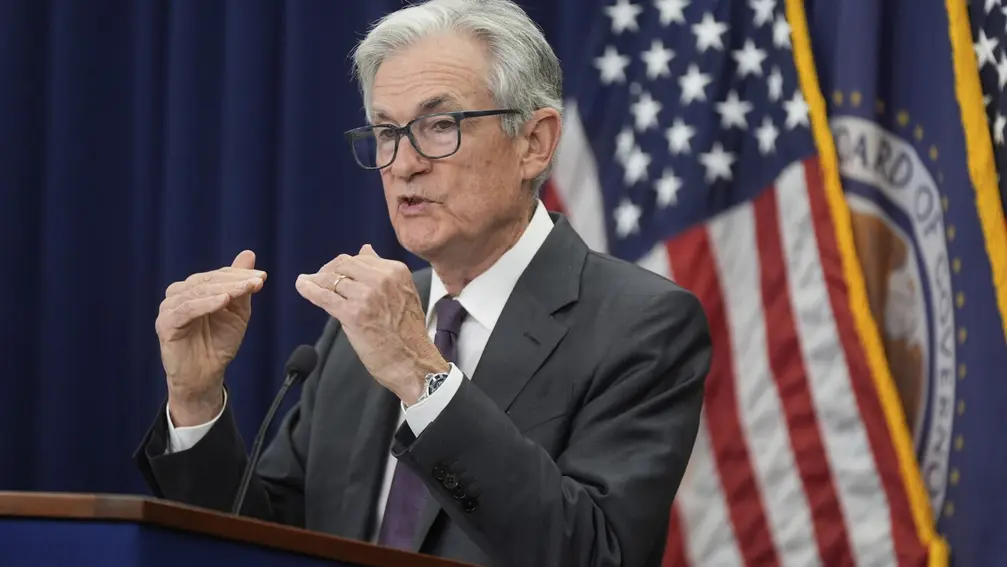
Fed policy outlook under review

Inflation rises in the US as tariffs increase
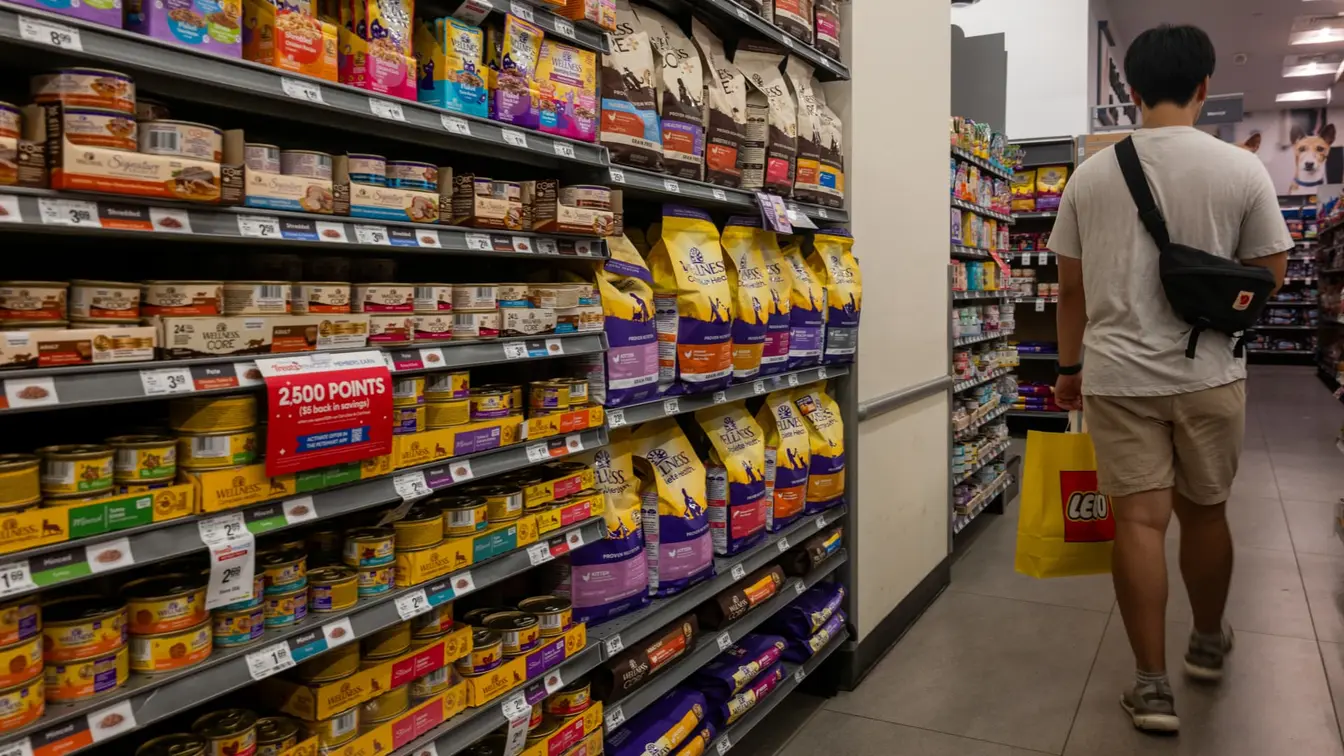
Tariffs Push Inflation Higher
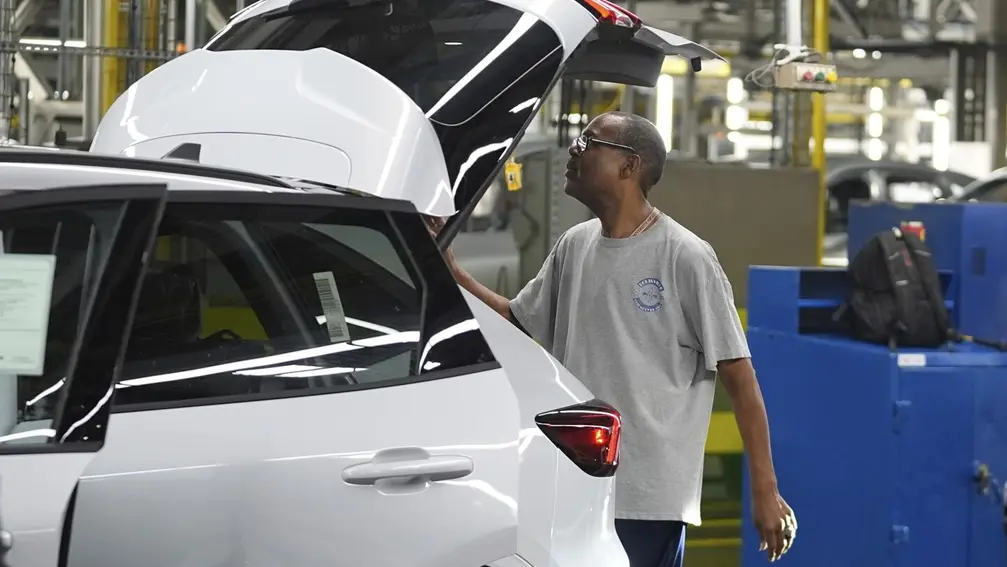
Wholesale inflation climbs in July amid tariffs
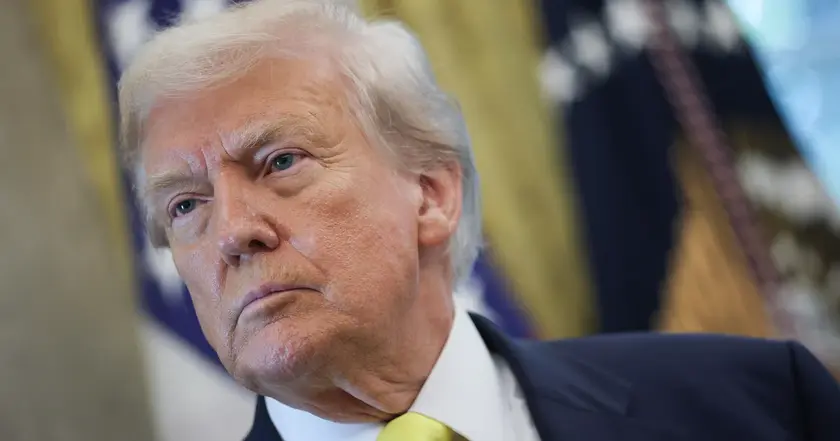
Tariffs and growth under pressure
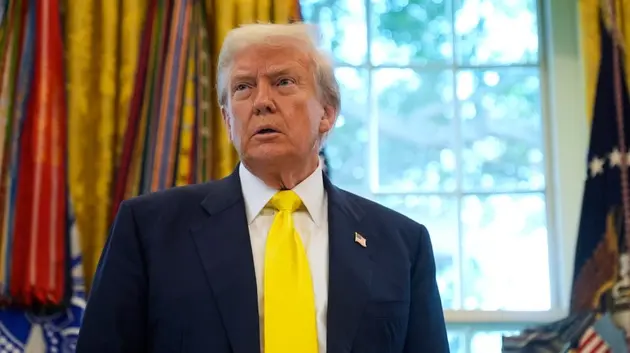
Tariffs raise costs and threaten Trump and GOP
